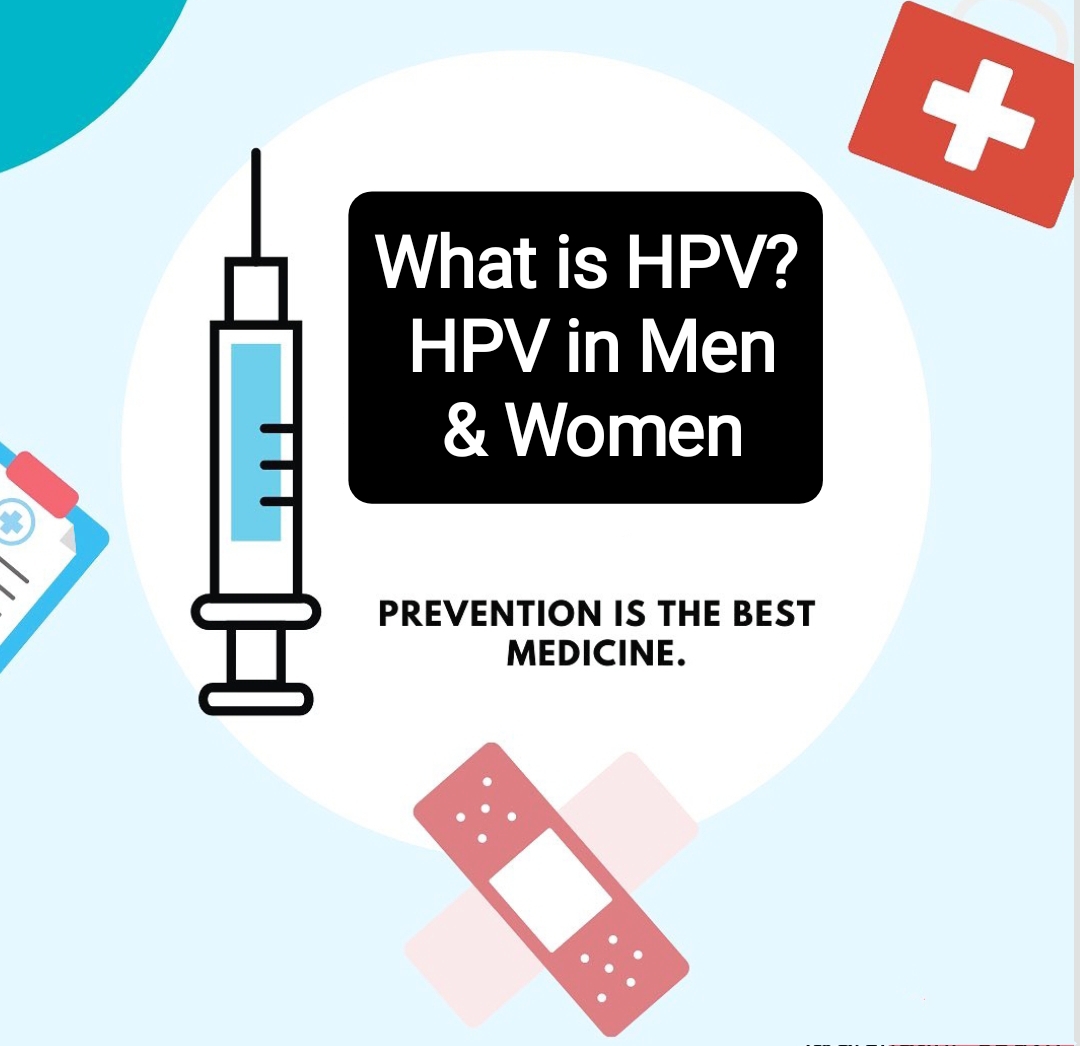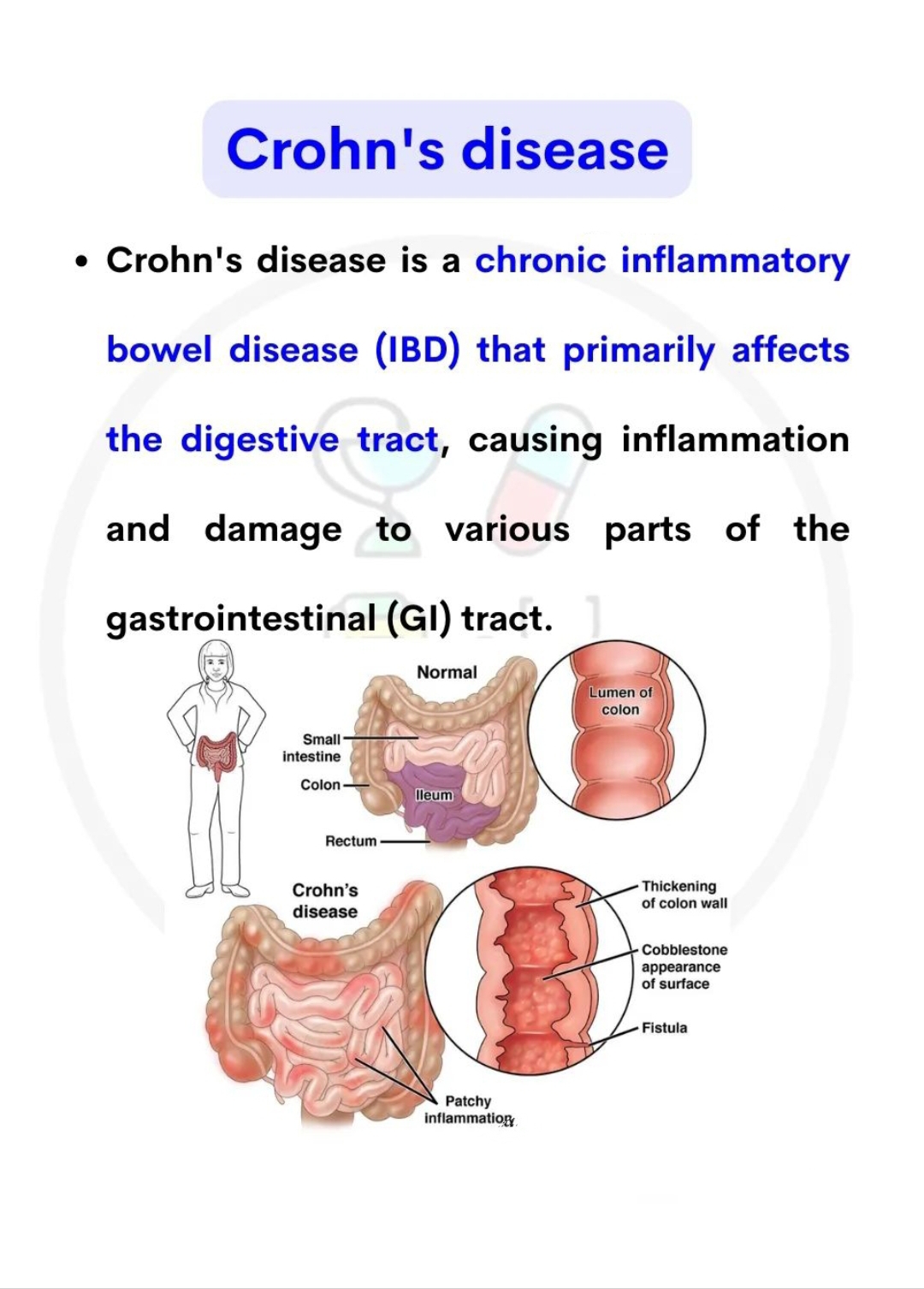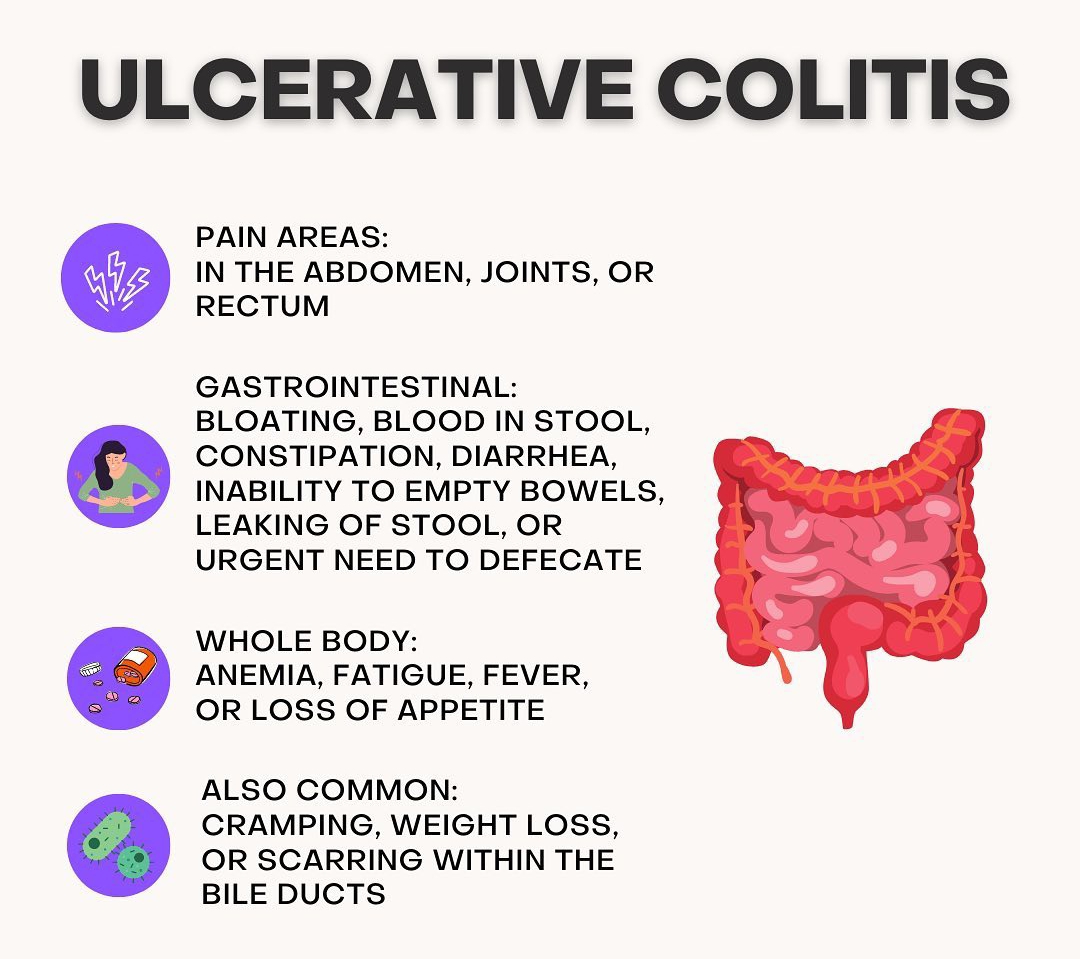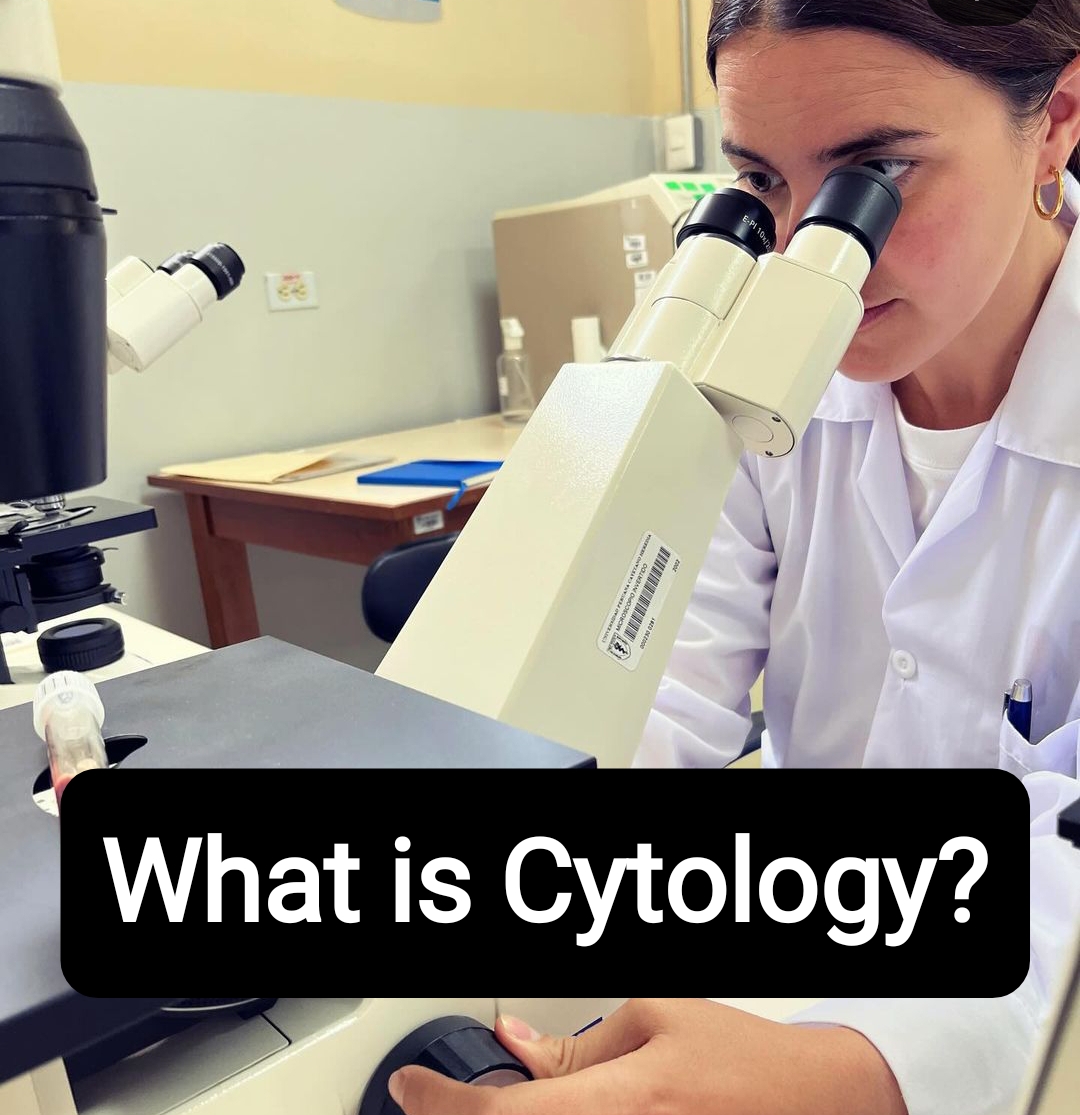Cancer
Table of Contents
Best Definition
The term “cancer” encompasses about 200 different forms of the disease, including those of the bladder, brain, breast, colon, eye, kidney, liver, lungs, ovaries, and skin. When you have this disease, your body’s healthy tissue is destroyed by aberrant cells that grow and divide. While some expand swiftly, others grow more slowly. Every type has distinct grades, phases, and symptoms, and each begins in a different area of your body.
There is no universal treatment for this disease because each type is unique. However, if treatment appears to be curing their this, some people may declare themselves cured. However, it’s not quite that easy.
For generations, medical professionals have referred to a medical problem that has entirely disappeared and is never going to return as a “cure.” For instance, you will be cured if your appendix is removed by medical professionals from appendicitis.
When discussing about it, the word “cure” has a different meaning.
Based on data from huge populations, doctors can provide you with their best estimate of the likelihood that your cancer will return. However, no medical professional can ensure your recovery.
This is due to two factors:
- Doctors are not yet fully informed about the illness.
- Certain cancer cells have the potential to proliferate, divide and form new tumors while remaining in the body. So physicians refrain from declaring you cured.
The majority of medical practitioners refer to “treatments” rather than “cures” You are deemed cured if you receive therapy and your disease does not return for the remainder of your life.
Healthy cells in our bodies divide and replace themselves in a controlled manner throughout our lifetimes. When a cell undergoes an alteration that causes it to multiply uncontrollably, this disease begins. An aberrant cell cluster grouped together is called a tumor. Not all tumors are malignant, yet most malignancies start off as tumors.
Benign, or noncancerous, tumors do not grow larger or spread to other areas of the body. Tumors that are malignant or cancerous, push out good cells obstruct bodily processes and take nourishment from bodily tissues.
Malignant cells in cancers can spread by either direct extension or a process known as metastasis, in which they move through blood or lymphatic arteries and eventually form new tumors in distant areas of the body.
More than 100 illnesses that affect almost every region of the body and are all potentially fatal are included under the umbrella term “cancer”.
Carcinoma, sarcoma, melanoma, lymphoma and leukemia are the main cancer types. The most often diagnosed type of cancers are called carcinomamas and they can start in the skin, lungs, breasts, pancreas or other organs or glands.
Cancers of lymphocytes are called lymphomas. A blood cancer is leukemia. Usually, it doesn’t develop into solid tumors. Sarcomas can develop in the body soft or connective tissues, such as cartilage, blood vessels, muscle, bone or fat. They are not very prevalent. Cancers called melanomas develop in the cells that produce the skin’s color.
Although this disease has been acknowledged as a human illness for thousands of years, medical research has only recently come to a clear understanding of the nature and progression of the disease. Oncologists who specialize in the detection, prevention and treatment of this illness, have accomplished amazing strides in this field.
More of this illness patients are living longer nowadays. Nonetheless, treating certain disease forms continues to be excruciatingly challenging. Modern medical care may increase survival rates and greatly enhance quality of life.
Symptoms
What are Primary warning signs and symptoms?
One of the best defenses against this illness is early detection. This disease can be screened for before symptoms manifest. You, too, can detect early warning indicators by closely monitoring any changes in your body. Get in touch with your healthcare practitioner if you observe anything unusual or new that persists for a few weeks—and this is crucial. It is not always the case that a symptom is cancerous. However, the following signs can indicate that you should contact your doctor:
Abnormal periods or pelvic pain
Changes in bathroom habits
Bloating
Breast changes
Chronic coughing
Chronic headache
Difficulty swallowing
Excessive bruising
Frequent fevers or infections
Oral changes
Skin changes
Pain that lasts
Persistent fatigue
Postmenopausal bleeding
Stomach pain or nausea
Unexplained weight loss
An explanation of these given symptoms and indicators
1. Abnormal periods or pelvic pain
Most women occasionally have cramps or irregular periods. Ongoing discomfort or irregularities in your menstrual cycle, however may indicate ovarian, endometrial or cervical cancer.
2. Changes in bathroom habits
Significant alterations in physiological processes may signify colorectal, prostate, or bladder tumors, among other cancers. Important symptoms to watch out for include blood in your urine, more frequent urination, black or red blood in your stool, or chronic constipation or diarrhea.
3. Bloating
We have all occasionally felt bloated. However, bloating that lasts longer than two weeks may indicate ovarian cancer or any number of gastrointestinal malignancies.
4. Breast changes
These include the appearance of a new lump, dimpling, discoloration, nipple alterations or an unexpected discharge. Though it primarily affects women men can also get breast cancer.
5. Chronic coughing
Lung cancer may be indicated by a cough, particularly a dry cough, that lasts longer than two weeks.
6. Chronic headache
A brain tumor may be the source of a headache that lasts longer than two weeks and is unresponsive to standard treatment.
7.Difficulty swallowing
It may be an indication of stomach cancer, lung cancer or throat cancer if you experience difficulty swallowing or feel as though food is becoming trapped in your throat for longer than two weeks.
8. Excessive bruising
It’s natural to have a bruise on your shin from knocking into the coffee table. On the other hand, an abrupt increase of bruises in strange areas that you don’t recall bumping can be a sign of different blood malignancies.
9.Frequent fevers or infections
Repeatedly experiencing a high fever or quickly moving from one infection to the next may be signs of leukemia or lymphoma (non Hodgkin’s or Hodgkin’s).
10. Oral changes
Certain oral cancers may be indicated by persistent sores, lesions, or painful areas in the mouth, particularly in smokers or heavy drinkers.
11. Skin changes
Any modifications to a mole’s or birthmark’s appearance should be assessed because they may be signs of skin cancer. Try using this memory tool, ABCDE, to help you recall which changes should raise red flags.
An imbalance. The two halves of the mole or mark are not identical
Boundary. The margins are jagged or hazy.
Vibrance. It’s both black and brown, and it might be inconsistent or changeable.
Circumference. It’s bigger than the eraser on a pencil.
Changing. Over time it bleeds, grows or undergoes other changes.
12. Pain that lasts
Anywhere in your body, persistent pain that doesn’t go away and doesn’t improve with over-the-counter remedies should be assessed.
13. Persistent fatigue
Regardless of how much sleep you get, a sudden, sustained change in your energy level may indicate lymphoma or leukemia.
15. Stomach pain or nausea
Unusual stomach pain lasting more than two weeks may indicate the presence of pancreatic cancer, liver cancer, or other cancers of the digestive system.16. Unexplained weight loss
Most people have fluctuations in their weight. However, losing your appetite or dropping weight without trying could be signs of many different kinds of cancer, especially if the cancer has spread.17. Unusual lumps
Any new mass or lump that doesn’t go away has to be assessed. When you have a cold your lymph nodes small glands in your neck, groin, and armpits that create white blood cells to help fight infection—tend to swell. However, you should speak with your doctor if the swelling doesn’t go away after you feel better.
Types
Even if they spread to other places of the body, this disease is named after the tissue they start in and the type of cell they are composed of. For instance, lung cancer is still used to describe cancer that starts in the lungs and progresses to the liver.
Additionally, a number of clinical terminology are used to describe specific common forms of cancer:
Cancer that originates in the skin or tissues lining other organs is known as a carcinoma.
Sarcoma is a type of cancer that affects connective tissues, including blood vessels, muscles, bones, and cartilage.
A malignancy of the bone marrow that produces red blood cells is called leukemia.
Immune system malignancies include lymphoma and myeloma.
Make use of the resources listed below to learn more about particular kinds:
These are the kinds or parts mostly affected by this illness
Note: (Given below are the types for example: 1. Appendix Cancer, Bladder Cancer and so on
Appendix
Bladder
Bone
Brain
Breast
Cervical
Colon or colorectal
Duodenal
Ear
Endometrial
Esophageal
Heart
Gallbladder
Kidney or renal
Laryngeal
Leukemia
Lip
Liver
Lung
Lymphoma
Mesothelioma
Myeloma
Oral
Ovarian
Pancreatic
Penile
Prostate
Rectal
Skin
Small intestine
Spleen
Stomach or gastric
Testicular
Thyroid
Uterine
Vaginal
Vulvar
Top 10 Causes of Cancer
1. Genetics
It is possible to inherit this illness causing gene mutations from your parents. There are three forms that can be inherited genetically: ovarian, colon and breast cancer.
2. Tobacco
In addition to many other cancers, tobacco use is a significant risk factor for lung, throat, and mouth cancer.Hazardous carcinogens found in tobacco can contaminate DNA. Numerous other health issues such as lung and heart diseases might also be brought on by it.
3. Age
Genetic mutations that lead to cancer are more likely to occur in our cells as we age. For instance, according to data from the National Cancer Institute the median age of diagnosis for lung, prostate and breast cancers is 66, 71 and 62 years old, respectively. Adopting a healthy lifestyle can help reduce risk.
4. Common Home Chemicals
A great number of common home chemicals, including benzene, asbestos and arsenic, can cause this illness. After cleaning it can be beneficial to open your windows to let fresh air into your house because the chemicals in your cleaning supplies may also be hazardous.
5. Contaminations
Certain infections may raise ones risk of developing this disease. Human papillomavirus (HPV) can cause cervical or vaginal cancer but hepatitis B and C can cause liver cancer.
6. Pollution in the Air
Numerous malignancies, including liver, breast and lung cancers have been related to air pollution.
7. Ionizing Radiation
Radiation exposure at excessive levels can harm your cells. The UV rays of the sun and radon gas, which can leak into your home from beneath the earth, are common sources of radiation. Try to keep your radiation exposure to a minimum especially if you spend a lot of time outside in the sun. Use sunscreen to protect your skin.
8. Alcohol
Alcohol abuse can be a factor in many different types of cancer.Although the precise mechanism by which alcohol harms your cells is unknown, scientists think it has something to do with a hazardous substance that is produced when your body breaks down alcohol. To lower your risk of this illness it is advised that you limit your daily alcohol consumption to one drink.
9. Nutrition
Consuming a diet heavy in processed foods, red meat, sugar and trans fats can up your risk of getting several cancers especially stomach and colorectal cancer. Eating a balanced diet rich in fruits, vegetables, lean meats and whole grains can lower your risk.
10. Insufficient Exercise
While inactivity may not directly cause this disease it can lead to obesity, which raises the risk of breast, colon, and endometrial cancers, among other cancers. Exercise lowers inflammation, strengthens the immune system, and lowers the chance of heart disease, among other health advantages. For exercises click here
Treatments
While there are therapies that may help you recover, there is no known cure for any type of cancer.
Many receive treatment for this disease, go on to enjoy long lives, and pass away from unrelated reasons. Even though treatment may buy them additional time—years or even decades—many individuals who receive treatment nevertheless pass away from the disease.
Typical treatment techniques include the following:
Surgery
Chemotherapy
Radiation
Bone marrow transplant
Immunotherapy
Hormone therapy
Targeted drug therapy
Clinical trials
Palliative care
Plans for treatment are customized based on the type of this illness, its stage of progression, general health, and personal preferences.
Prevention and cure
Can this illness be cured
“Cure” may be the word you want to hear more than any other when you have cancer or you care about someone who does. Additionally, most doctors won’t use it.
This is a disease unto itself; unlike other illnesses, it cannot be cured, but certain cancers may respond well to certain treatments.
It makes all the difference to realize the differences.
After menopause, bleeding can occur for a variety of causes. However, if the bleeding continues, your doctor may want to look for endometrial or cervical cancer.
Improvement Rather Than Perfection
Over two centuries have passed since the beginning of this disease research, in one way or another.
Despite the lack of a cure, significant progress has been made. You can feel that it moves too slowly if you have this disease. However, compared to even five years ago, there are now more possibilities for treatment.
Today’s medical professionals are more adept at identifying many malignancies in their early stages. In the event that one treatment is ineffective, they can attempt other ones.
The differences between one type of cancer and another are becoming increasingly clear to researchers as they learn more about it.
For instance, scientists now know that not all cases of breast cancer are the same. Each of the four primary kinds has a unique course of treatment.
In order to create medicines to halt the growth of some types of this disease, experts studying this are examining things like these. This includes medications that interfere with a cancer cell’s ability to function and therapies that target affected cells by stimulating your body’s immune system.
Slang for doctors: results have dramatically improved. This indicates a decrease in this disease-related deaths, but the disease is still incurable.
Until a cure is discovered, it is wise to explore all safe options for treatments that could prolong your life or improve your quality of life. and to go over all of your choices with your physician.
How does cancer form?
When cells divide uncontrolled and infiltrate neighboring tissues, this is the result. Mutations in DNA are the cause of this illness. Most DNA alterations that cause this disease are found in regions of DNA known as genes.

Ankush Kumar is a professional content writer and the founder of Healthnick.com. He is a health and wellness enthusiast with a deep interest in nutrition, fitness and holistic living. Harish is committed to delivering research-based insights on various health topics. He enjoys exploring new trends in health, experimenting with nutritious recipes, and staying active.







1 thought on “Cancer – Symptoms, Types, Treatments, Prevention & Cure”